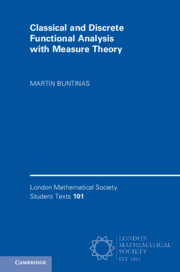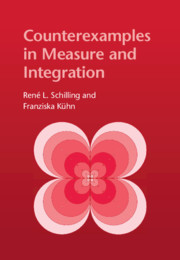Measuring and quantifying dependencies between random variables (RVs) can give critical insights into a dataset. Typical questions are: ‘Do underlying relationships exist?’, ‘Are some variables redundant?’, and ‘Is some target variable Y highly or weakly dependent on variable X?’ Interestingly, despite the evident need for a general-purpose measure of dependency between RVs, common practice is that most data analysts use the Pearson correlation coefficient to quantify dependence between RVs, while it is recognized that the correlation coefficient is essentially a measure for linear dependency only. Although many attempts have been made to define more generic dependency measures, there is no consensus yet on a standard, general-purpose dependency function. In fact, several ideal properties of a dependency function have been proposed, but without much argumentation. Motivated by this, we discuss and revise the list of desired properties and propose a new dependency function that meets all these requirements. This general-purpose dependency function provides data analysts with a powerful means to quantify the level of dependence between variables. To this end, we also provide Python code to determine the dependency function for use in practice.



